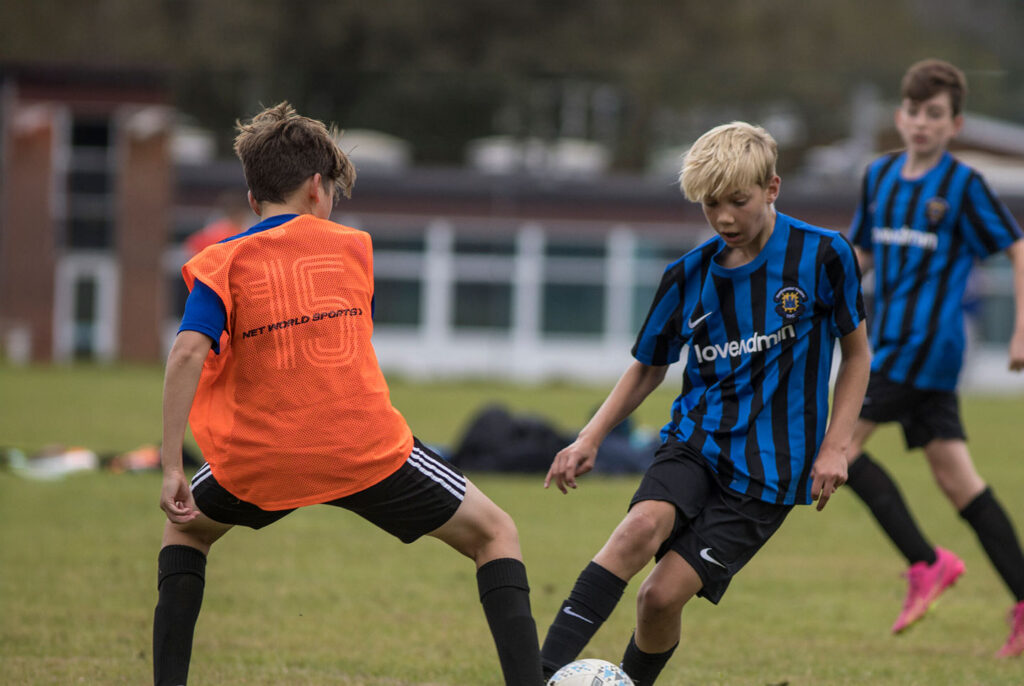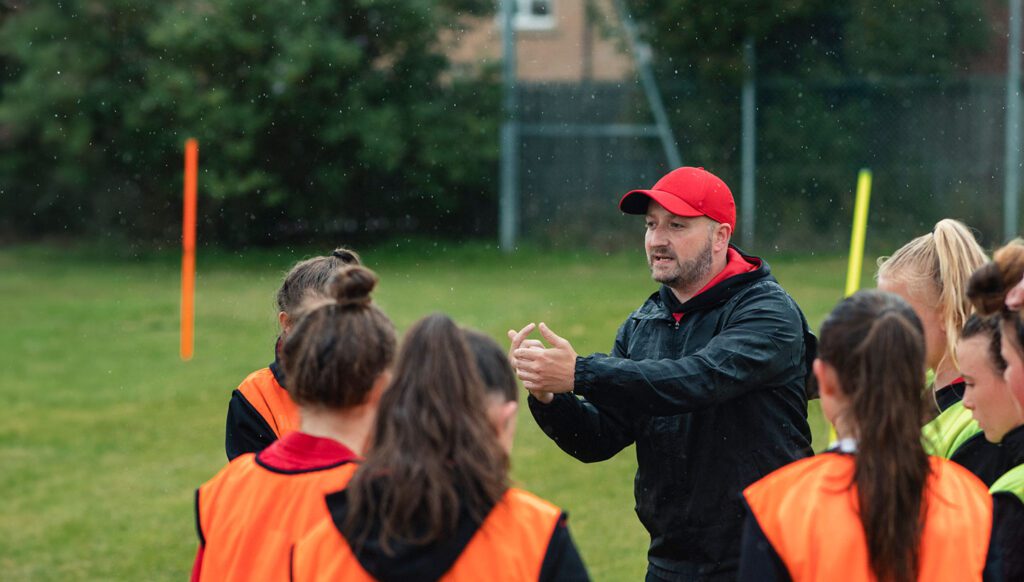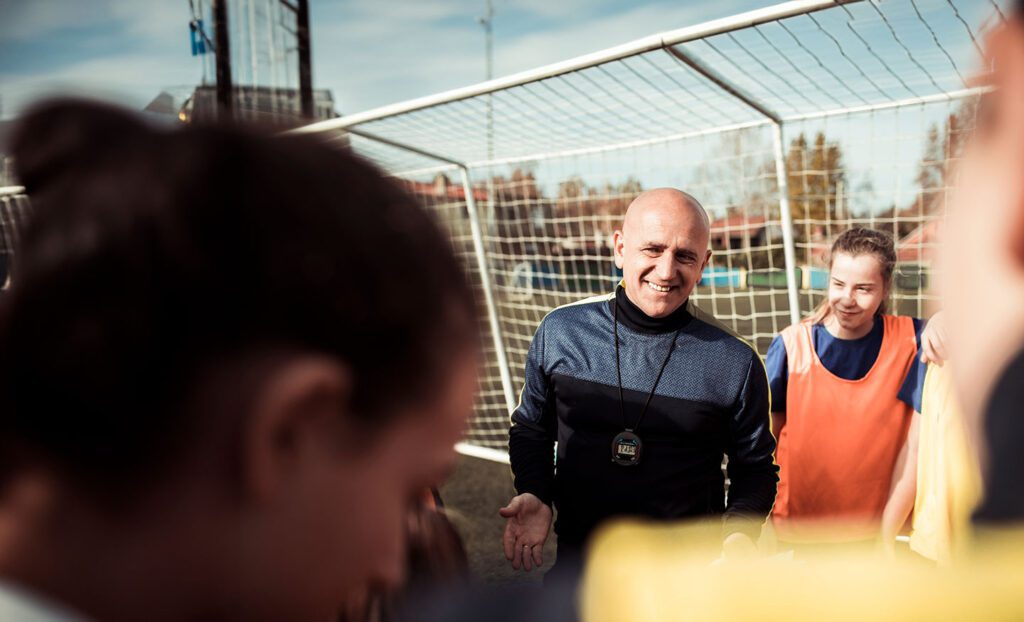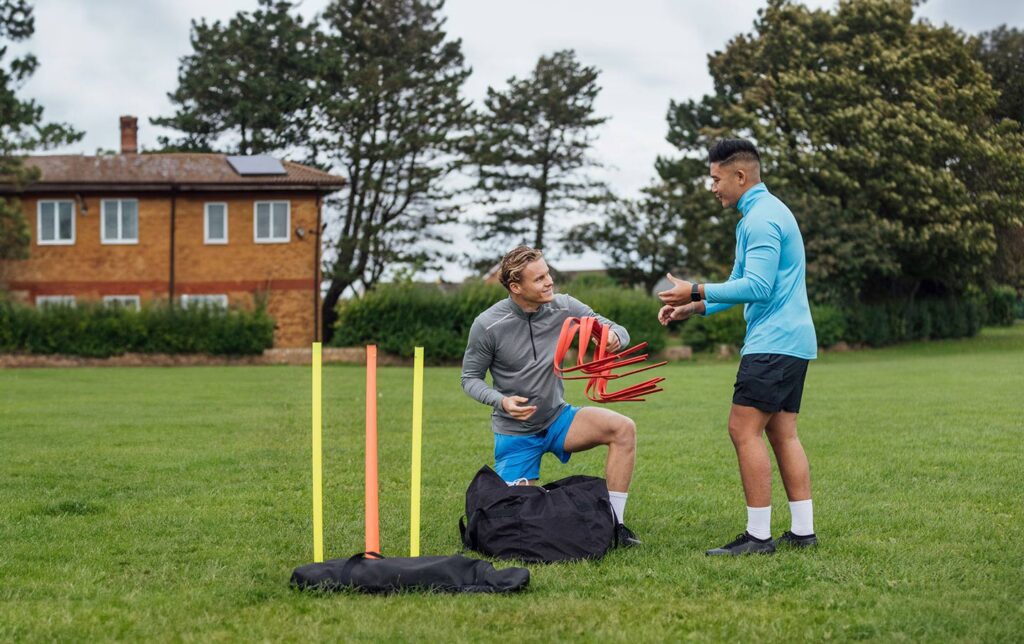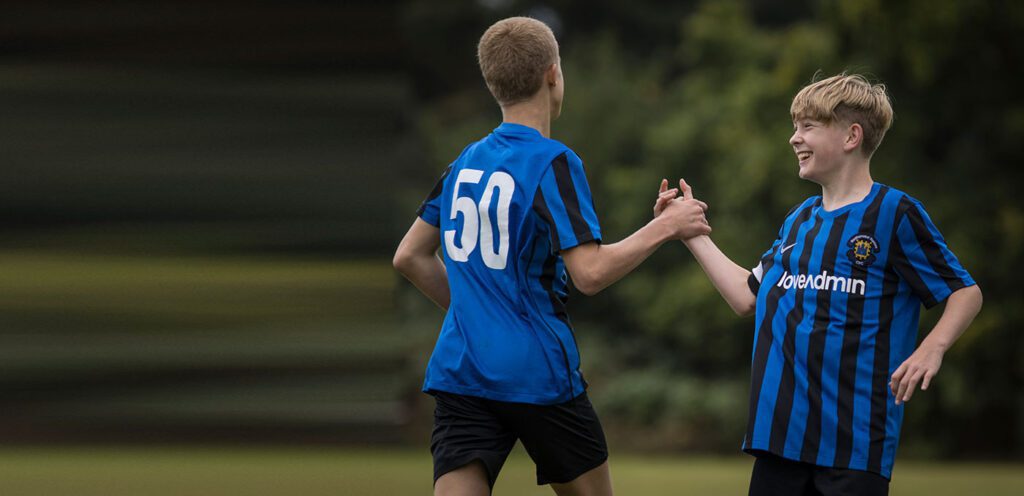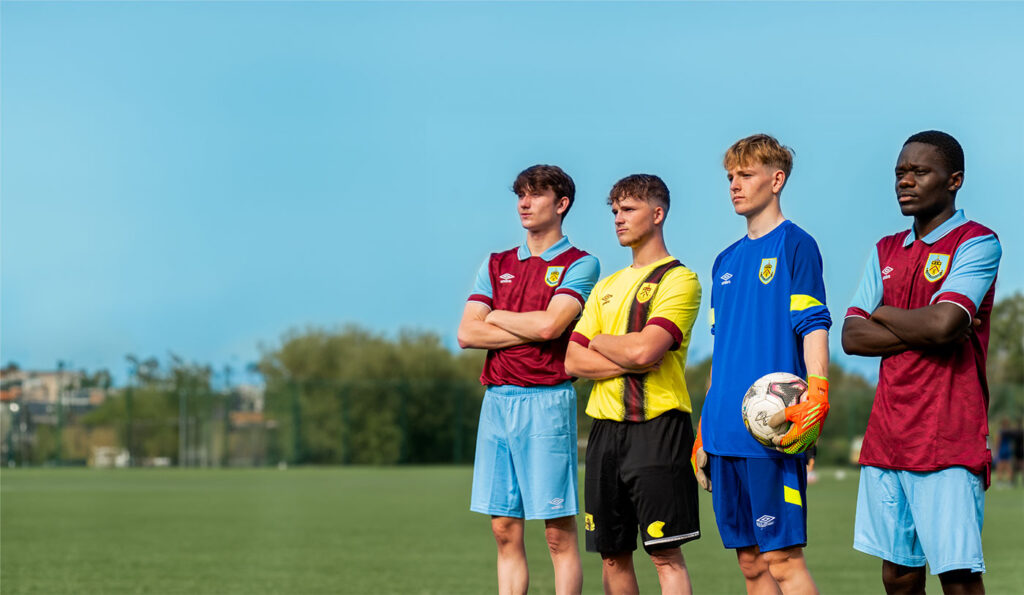How does your club go about setting goals and objectives?
Are your athlete and coaching goals created in conjunction with your club’s goals? At first glance, these may seem like two separate sets of objectives. But in order to succeed, these goals must be aligned.
Work backwards when goal-setting
This might sound odd, but working backwards when setting your club’s goals ensures they are aligned with the overall organisational aims.
So, start by outlining your club’s aims and objectives. What is it that you want to achieve, as an organisation?
Once you’re clear on where you want the club to be, you can identify the steps you need to take in order to get there. You can do this by breaking down the overarching objectives into smaller, manageable goals.
But what is the best method for setting these goals?
How to set measurable and achievable goals
One of the most popular methods of goal-setting is the ‘SMART’ principle. That means ensuring any objectives are:
S – specific
M – measurable
A – achievable
R – relevant
T – time-bound
But in order to increase your chances of achieving these goals, you need to make them ‘SMARTER’. So, ensure they are also:
E – evaluated
b – reviewed
What would a SMARTER goal look like? Let’s have a look at an example.
We’ll start by outlining what our long-term goal is, so that we can work backwards to identify our shorter, more immediate goals.
Long-term (five-year) SMARTER goal:
By the end of 2026, we will have increased overall club surplus by 40%. This will be achieved through cost reductions, and increases in participation income.
Medium-term (three-year) SMARTER goal:
Note: this goal needs to put steps in place for achieving the long-term, five-year goal. In this instance, we’re going to focus on staffing.
We will review the current organisational structure to identify gaps where the organisation can increase employee progression, communicating this structure clearly to the team.
By recognising and filling these gaps, we’ll increase participation across all levels and age groups by 15%.
The first review will be completed by the end of January 2024, and changes will be implemented by December 2024.
Short-term (one-year) SMARTER goal:
We will host four events throughout the year, associated with the four seasons. These will create customer and participant interaction, and will help to establish long-term customer relationships.
Goals need to be shared by all members of your team
When setting goals, remember that you need to have buy-in from all stakeholders within your club – including your leadership team, your coaching staff, and your athletes. These are the people who ultimately enable you to achieve these goals.
Everyone needs to be familiar with, and passionate about achieving, the same goal. One way to do this is to involve as many parties as possible in the goal-setting and creation process. If they are included in the discussions and decisions, they are much more likely to be invested in achieving the goals.
How often should goals be set and reviewed?
Ideally, goals should be set on a yearly basis. But that doesn’t mean setting them in January and not looking at them again until December. They need to be continually revisited throughout the year, measuring progress and assessing if any changes are required.
Before setting your new goals, conduct a full review of the success of last year’s objectives. Ask yourself: did we achieve our goals last year? If not, why not? What were the barriers that stopped us achieving these? This helps to establish whether there are any smaller, short-term goals that are required before a medium- or long-term objective can be met.
Reviewing your previous year’s efforts also outlines any key learnings that need to be addressed over the next year. Whether that’s objectives that were too optimistic and need to be scaled back, or goals that can be carried over for another year.
–
Goals and goal setting is likely to be something you’re familiar with. But something that’s often missed is ensuring all objectives set across the club are aligned, and that they are SMARTER. Remember that every goal set, no matter how small, can help to achieve your overall objectives.
This article was based on a live video hosted by Alex Row, LoveGymnastics Community Ambassador. If you’re involved with a gymnastics or football club and are interested in watching similar videos in future, join our dedicated Facebook Communities:





